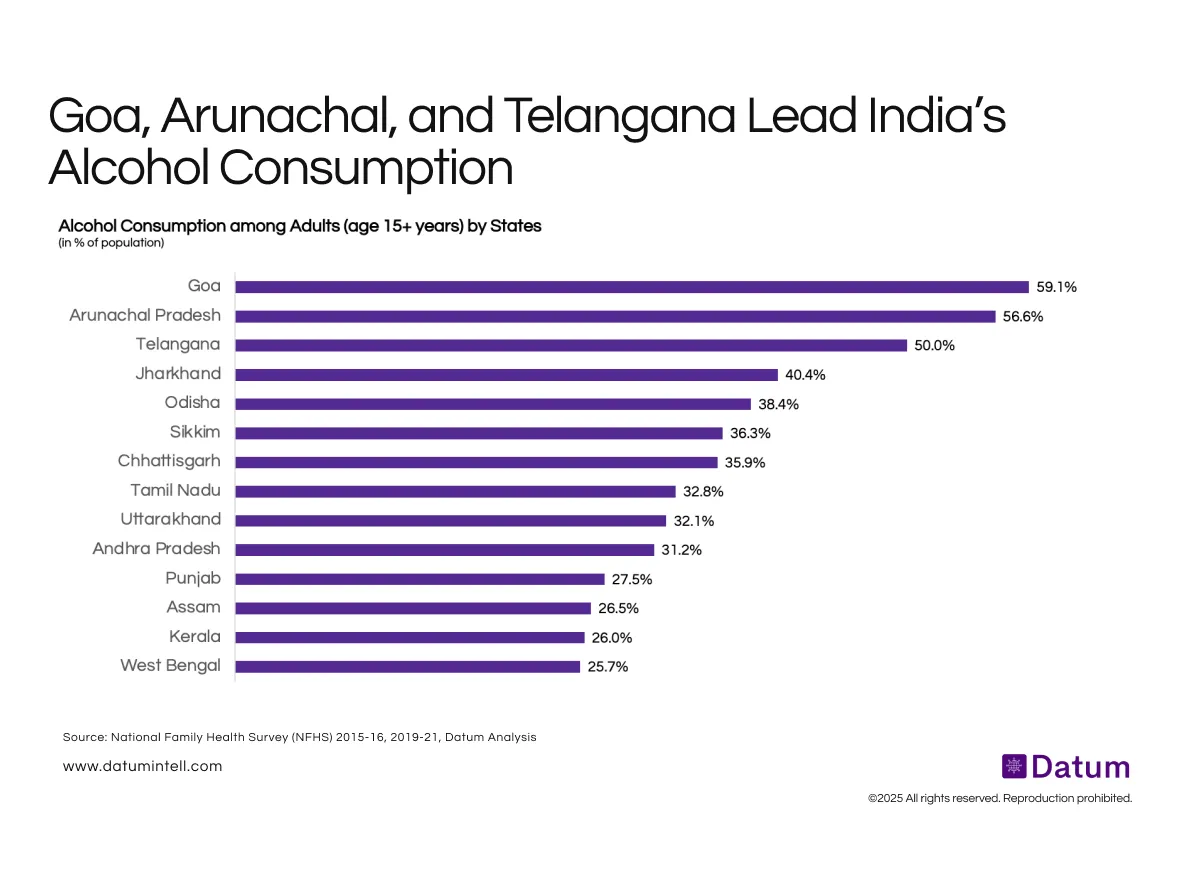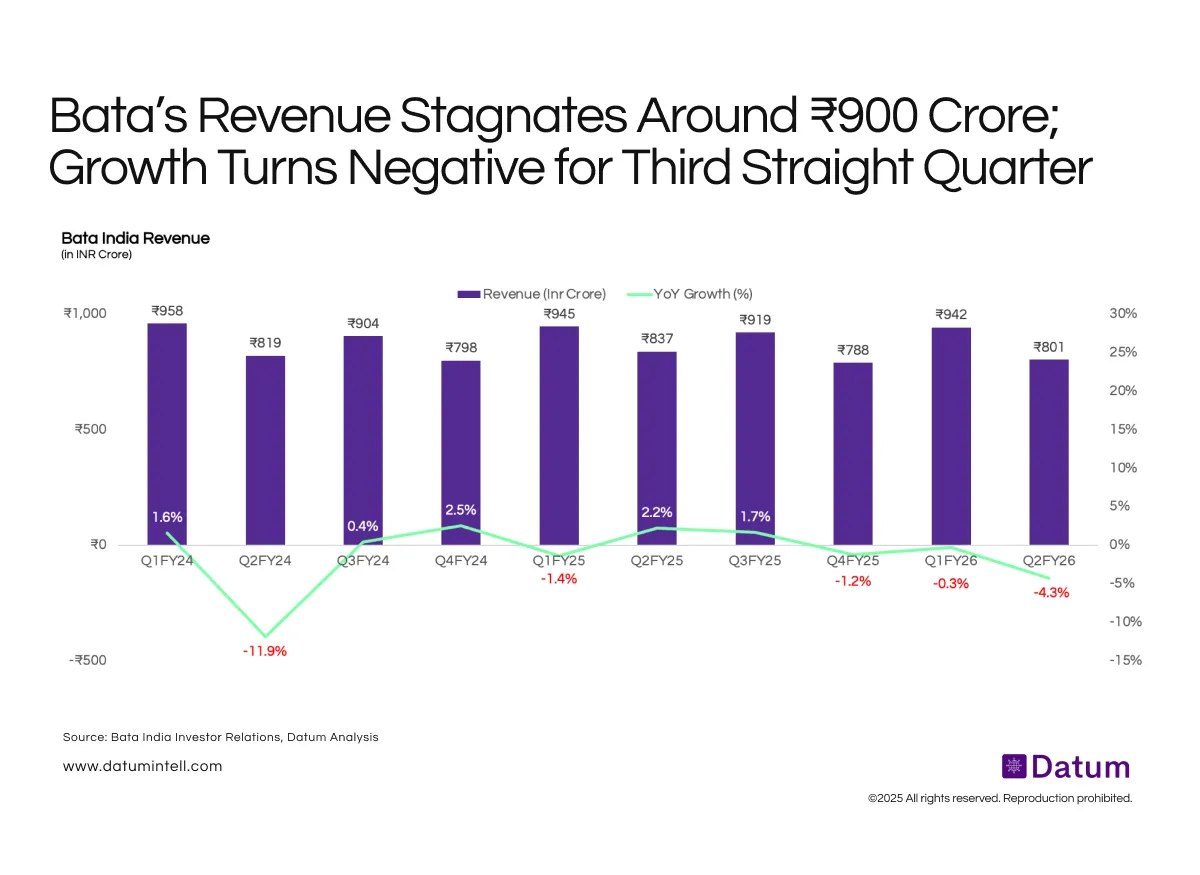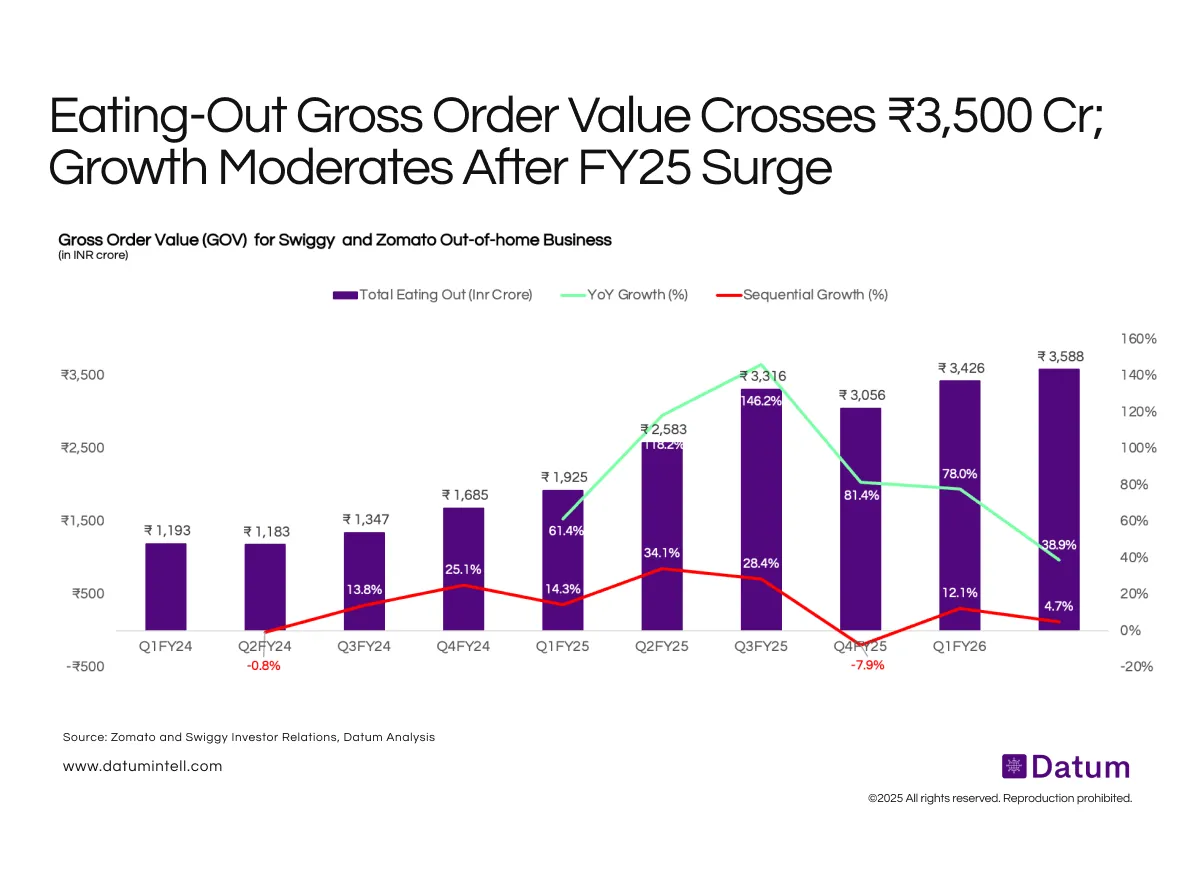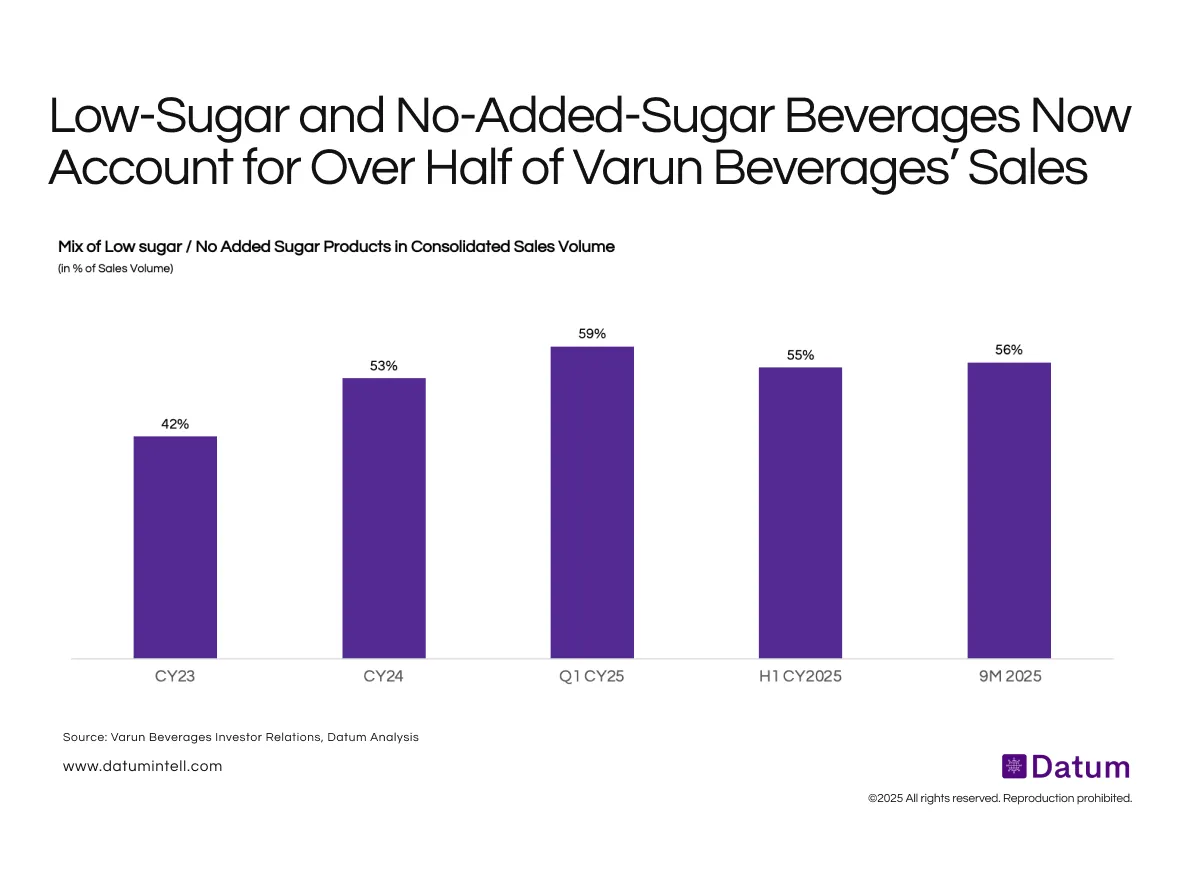Table of Contents
Data from the National Family Health Survey (NFHS 2019-21) reveals significant variation in alcohol consumption across Indian states.
Goa tops the list, with 59.1% of adults aged 15+ reporting alcohol use, followed closely by Arunachal Pradesh (56.6%) and Telangana (50%).
At the other end of the spectrum, traditionally high-consumption states like Kerala (26%) and West Bengal (25.7%)report far lower prevalence, partly due to stronger social norms and policy interventions.
What It Means
The data highlights India’s regional polarization in alcohol behaviour:
- Cultural liberalism and tourism exposure explain Goa’s and Arunachal’s high prevalence.
- Southern states like Tamil Nadu and Andhra Pradesh, though below the national highs, sustain steady consumption due to urban affordability and widespread retail access.
- Kerala’s decline aligns with repeated state-level restrictions and health-led public messaging.
- Northern states such as Punjab and Uttarakhand exhibit moderation trends, consistent with higher health awareness and urban migration patterns.
Overall, India’s alcohol map mirrors a social-economic divide - higher prevalence in states with relaxed controls and evolving consumption cultures, and restraint where health or moral codes dominate public discourse.





